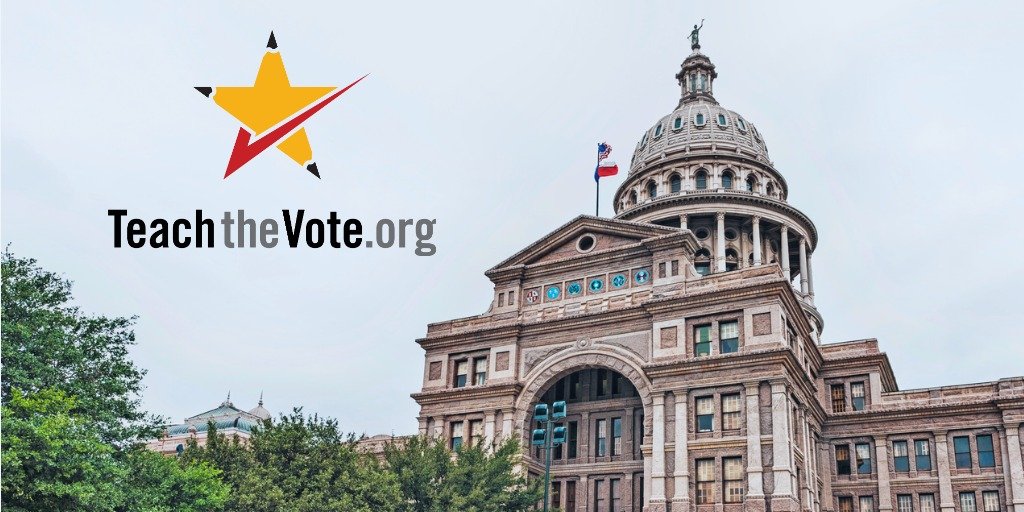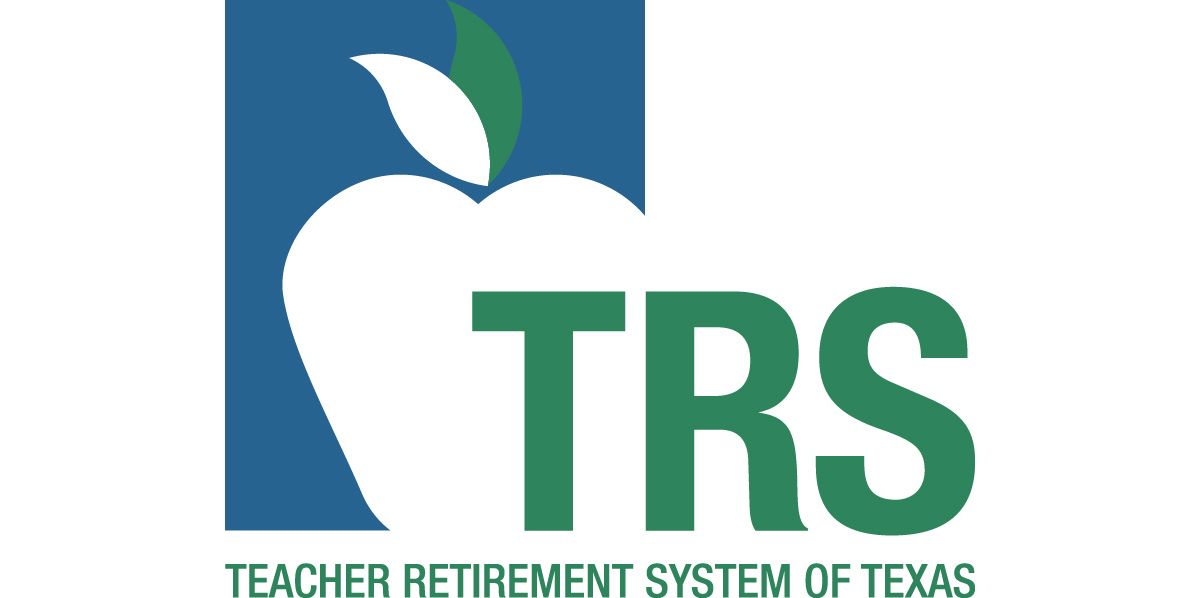Texas budget update: One step closer and still so far apart

Date Posted: 4/16/2015
There is an old saying about how there are three kinds of lies: lies, statistics, and budget numbers (or something like that). Several times over the last 15 years, the Texas legislature has delayed payments to schools by a single month, moving that payment into the next fiscal year in order to appear to have saved over $2 billion. This year the state is flush with funds and does not need budget tricks to balance the state budget. Instead, for the 2016-17 biennium there are different budget maneuvers being made. The Senate has finally caught up with the House and finalized their version of the state budget, and if one were to simply look at the summary numbers, it would appear that the Senate is investing more into public education than the House. This is where numbers become misleading. The Senate has proposed a tax cut package of $4.5 billion that reduces property taxes by an average of $230 per year for the average homeowner and makes further reductions to the state franchise tax for small businesses. Both property tax revenue and revenues collected from the franchise tax help to fund public education, and when reductions in those revenue streams are proposed, the hole that is created must be filled by other revenue; otherwise, a cut in funding would occur. Enter the Senate budget. Approximately $4.5 billion is included in the Senate's education budget that is neither new nor increased funding, but rather state funds used to cover the cost of property and franchise tax exemptions. Further, the $2.5 billion cost of keeping up with student enrollment growth is paid for by the assumed rate of growth in local property taxes of $4.5 billion. Is everything as clear as mud? The next step in this process is for the House and Senate to name conferees for a budget conference committee. There are significant differences between what the two respective chambers propose for a number of issues, including public education and the possibility of tax cuts. The good news is that all of us in the public education world are in a much better position than we were four years ago. The question left to be answered is: Will the legislature go beyond the minimum and do what is necessary to invest in our school children? Stay tuned to Teach the Vote for more updates.
CONVERSATION
RECOMMENDED FOR YOU

04/19/2024
Teach the Vote’s Week in Review: April 19, 2024
Listen to the latest episode of The ATPE Podcast learn why your vote in school board, appraisal, and bond elections is so critical.

04/18/2024
5th Circuit Court denies rehearing in publishers’ Texas library book lawsuit
Author of HB 900 urges Paxton to appeal to the U.S. Supreme Court.

04/17/2024
TRS board to consider lowering TRS-Care Medicare Advantage premiums
Increased legislative funding, federal changes mean TRS is positioned to pass on savings to plan participants.

